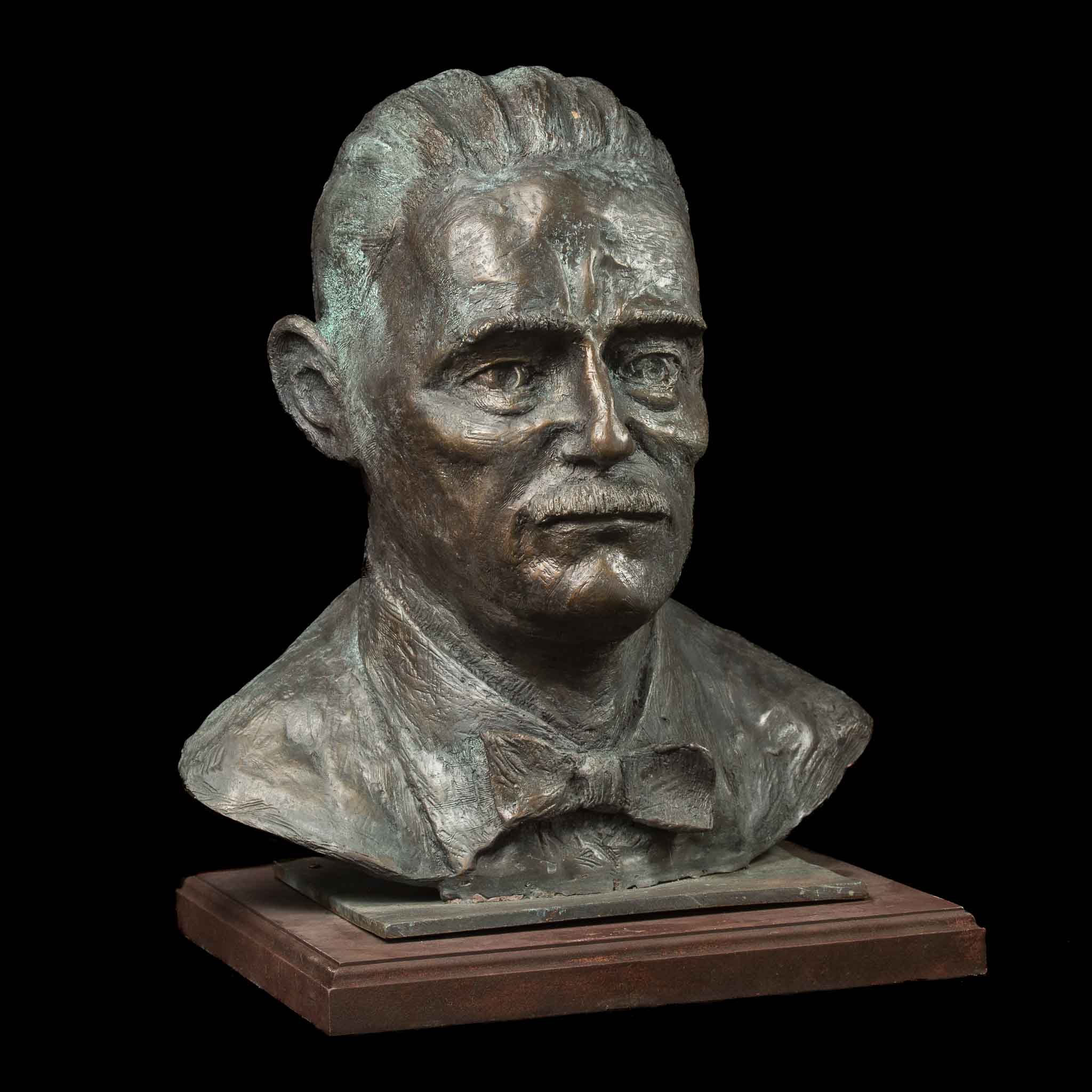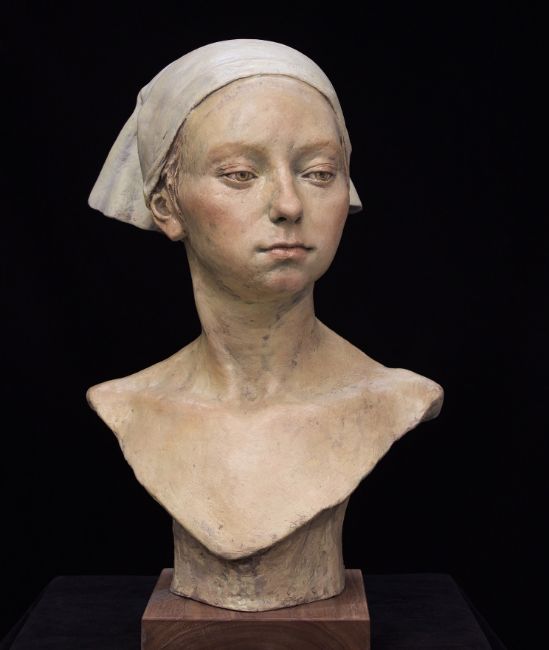Artistic Evolution: From Classic to Modern with Bronze Sculptures
Wiki Article
The Influence of Nature in Sculpture Art
The influence of nature in sculpture art is a subject that has captivated artists throughout background. From ancient civilizations to modern musicians, the environment has offered as a profound source of inspiration. This impact appears in the natural types and shapes that are typically discovered in sculpture, simulating the curves and contours of nature. Artists additionally discover texture and materials in their job, looking for to recreate the tactile qualities of the environment. Importance of natural environments is one more method which nature influences sculpture, as musicians imbue their developments with the significance and associations integral in these aspects. The atmosphere itself, with its landscapes, flora, and animals, is commonly shown in sculptures, providing a link to the world around us. Inevitably, sculpture art has the power to catch the transience of nature, freezing a minute in time and permitting us to appreciate its appeal .Organic Kinds and Shapes
Organic forms and types, inspired by the harmonious frameworks and complex patterns found in nature, play a pivotal role in the realm of sculpture art. Sculptors have long been astounded by the elegance and complexity of the all-natural globe, discovering motivation in the stylish curves of a seashell, the fragile petals of a blossom, or the twisting branches of a tree. By imitating and extracting these organic forms, musicians are able to produce sculptures that stimulate a sense of consistency and equilibrium.Among the reasons organic forms and shapes are so prevalent in sculpture art is their capability to get in touch with audiences on a deep emotional level. The natural globe recognizes to all of us, and when we see these forms represented in art, it generates a feeling of convenience and recognition. It advises us of our place in the grand scheme of things and enables us to attach with something higher than ourselves.
Moreover, natural types and shapes in sculpture art frequently symbolize a feeling of activity and power. The streaming lines and dynamic compositions simulate the consistent activity and development found in nature. This produces a sense of vitality and brings sculptures to life, making them look like if they might remain to progress and transform before our eyes.
Texture and Product Exploration
A significant aspect of sculpture art affected by nature is the exploration of appearance and materials via using numerous strategies and tools. Artists usually attract ideas from the diverse textures discovered in the environment, such as the rough bark of a tree, the smooth surface of a stone, or the intricate patterns on a fallen leave. By incorporating these textures right into their work, carvers can create a tactile experience for visitors, welcoming them to engage with the artwork on a sensory degree.Appearance can be accomplished in sculpture through a variety of techniques. Some musicians pick to carve or shape straight right into the selected material, producing a three-dimensional surface that simulates the appearances discovered in nature - Portrait Sculptor.
Material expedition is additionally a significant component of sculpture art affected by nature. They might incorporate all-natural elements like branches, leaves, or even dirt right into their sculptures, obscuring the limits between art and the environment.
Importance of Natural Aspects
The incorporation of all-natural components in sculpture art adds a layer of importance and depth to the art work. By making use of products discovered in nature, sculptors are able to imbue their creations with definition that resonates with viewers on an extensive degree. Natural environments such as timber, stone, and plants have actually been utilized throughout history to share numerous symbolic messages.Sculptures crafted from this material can stimulate a sense of link to the earth and the cycles of life. Sculptures sculpted from rock can represent the classic nature of certain concepts or concepts.
Flowers and plants are likewise frequently integrated into sculpture art, standing for styles of revival, development, and beauty. The delicate flowers and vibrant colors of blossoms can evoke feelings of delight, while the linking branches of plants can represent interconnectedness and unity.
In addition to these all-natural products, sculptors might additionally utilize natural aspects such as wind, water, or fire to even more improve the symbolic message of their art work. These components can represent the transformative power of nature, the passage of time, or the pressures that shape our globe.

Representations of the Setting
Reflections of the Atmosphere can be seen in sculpture art with the incorporation of natural environments and the portrayal of eco-friendly themes. Carvers frequently draw inspiration from the atmosphere, making use of materials such as wood, stone, or even recycled products to produce their art work. By utilizing these natural environments, they not just admire the atmosphere yet likewise produce a stronger connection in between the art work and its environments.Along with the products used, sculpture art likewise mirrors the setting via the portrayal of ecological styles. Many sculptors choose to illustrate animals, plants, or landscapes in their work, highlighting the appeal and frailty of the environment. These sculptures function as reminders of the value of protecting our setting and the need for lasting practices.

Furthermore, environmental sculptures often aim to elevate awareness about pushing eco-friendly problems. They serve as graphes of the effect of human tasks on the atmosphere, such as climate, contamination, or deforestation change. By showing these problems in their art work, sculptors intend to influence viewers to take action and become extra aware of their own environmental footprint.
Catching the Transience of Nature
Sculpture musicians even more check out the impact of nature by masterfully catching the ephemeral and ever-changing aspects of the environment. With their creativity, these artists aim to portray the fleeting elegance and transience of nature, evoking a feeling of wonder and reflection in customers.One method in which sculpture artists record the transience of nature is by utilizing products that are themselves based on decay and modification. As an example, musicians may select to collaborate with natural materials such as fallen leaves, blossoms, or timber, which naturally deteriorate gradually. This deliberate selection highlights the impermanence of nature and advises us of the unpreventable cycle of life and fatality.
In addition, sculpture musicians often utilize techniques that produce a feeling of movement and fluidness in their job. By incorporating flowing lines and vibrant forms, they share the ever-changing nature of the all-natural world. This can be seen in sculptures motivated by wind, water, or the development of plants, where the artist seeks to catch the essence of constant activity and change.
Additionally, some artists choose to produce site-specific or short-term installations that communicate with the environment. These ephemeral sculptures, made from materials such as ice, light, or sand, are intentionally designed to progressively transform or disappear in time. By embracing the transient nature of their creations, artists welcome visitors to assess the short lived appeal of the all-natural globe and the impermanence of human presence.

Verdict
Finally, nature has an extensive impact on sculpture art. With the use of natural kinds and shapes, musicians have the ability to stimulate a great post to read feeling of all-natural charm and harmony. Texture and product exploration even more boost the connection to nature, as artists commonly incorporate natural products into their sculptures. Importance of natural elements adds depth and meaning to the art work, while representations of the setting capture the essence of nature. Ultimately, sculpture art catches the transience of nature and commemorates its everlasting influence.
Significance of natural components is one more method in which nature affects sculpture, as musicians imbue their productions with the definition and organizations integral in these elements.A considerable element of sculpture art influenced by nature is the exploration of structure and products with the use of numerous methods and mediums (Bronze Sculptures).Product exploration is also a significant component of sculpture art affected by nature.One method in which sculpture artists capture the transience of nature is by making use of products that are themselves subject to decay and change. Structure and material expedition further enhance the connection to nature, as musicians commonly integrate all-natural materials right into their sculptures
Report this wiki page